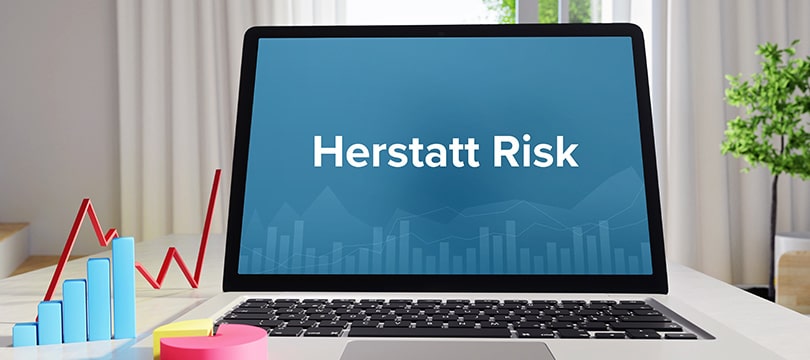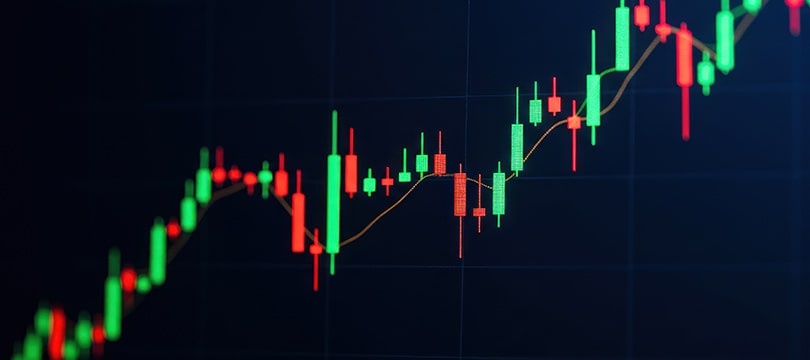There is a skill that online traders tend to underestimate:
the ability to lose. Exactly, in online trading you need to
know how to lose. Also because we are talking about a more frequent occurrence than one might imagine. We discuss it here, explaining the reasons that should push traders to develop this ability, describing the correct approach to loss - both psychologically and technically.
Why it is necessary to learn to lose
The truth, however unpleasant, is the following: in online trading, as in most complex activities, error and loss represent inevitable experiences. We are not talking about remote possibilities, but about structural components.
The result is that
no trader, however experienced, can avoid losses. Not even the most proven strategies, the most advanced systems and the most accurate analyses guarantee 100% success. Without considering the dynamics of the markets, which are influenced by a set of often unpredictable variables, including those of a geopolitical, macroeconomic and collective psychological nature. Therefore, the idea of being able to completely eliminate risk is just an illusion, and often leads to impulsive decisions.
This is especially true for novices. They encounter numerous difficulties in the first months (or years) of activity. This happens for many reasons: inexperience, poor technical knowledge, lack of a structured trading plan, excessive self-confidence, excessive risk exposure.
Defeats represent a standard in this case. But there's more, they are also necessary: they provide valuable indications on what needs to be improved, correct erroneous convictions and allow strategies to be refined.
Loss should therefore be considered
physiological and not as a personal failure. When it is perceived in this way, an emotional spiral is activated that generates anxiety, frustration and impulsiveness. All factors that push to make other mistakes. The conscious acceptance of loss, on the other hand, allows you to keep a cool head, analyze situations objectively and continue to operate with discipline.
On the other hand, accepting losses helps to understand the importance of capital management and money management. Those who reject the idea of being able to lose often end up overexposing themselves, fueling the risk of unsustainable drawdowns. Learning to lose also means
knowing when it's time to stop, recalibrate your strategies and reduce risk based on your skills and the market situation.
Psychological tips for losing "well"
Dealing with losses constructively requires inner work that is often underestimated. It's not just about emotionally "resisting", but about adopting a mental attitude that is functional to operational continuity. Here are some tips.
- Disconnect the ego from the result. Many traders interpret losses as an attack on their personal worth. This is a mistake. A loss is just a trade that closed in the negative, not a judgment on who you are. Keeping your ego out of the market allows you to approach each trade with neutrality and objectivity.
- Normalize the loss. You need to get used to the fact that losing is normal. Statistics don't lie: even professional traders close a significant percentage of their trades at a loss. This means that the loss should not be interpreted as an anomaly, but as a component of the activity.
- Establish emotional limits. It's about learning to recognize your emotional "breaking point". Some traders, after a loss, react with a vengeful behavior towards the market. It is the so-called "revenge trading", which can cause significant damage. The advice therefore is to define precise limits (for example, not to make more than three trades a day or stop after a significant loss) in order to limit the damage.
Technical tips for losing "well"
However, knowing how to lose also means using
tools and techniques. All utilities that allow you to lose "well", maintain operational continuity and indeed exploit the defeat to improve. Here are some tips.
- Always use a stop loss. The stop loss is the main capital defense tool. It must be set rationally, even before entering a trade. Never modify it "on the run" based on market trends, unless you are partially scaling the position for a specific strategy. In this way, even when you lose, you lose well (without major consequences).
- Define the maximum risk per trade. A good rule is not to risk more than 1-2% of capital on a single trade. This protects the trader even in the event of a long series of losses, avoiding the risk of zeroing the account. The position sizing must be calculated accordingly.
- Avoid over-trading. When you lose, the temptation to "re-enter immediately" to recover is strong. This often leads to an excess of trading activity, not supported by adequate analysis. Maintaining a frequency of operations consistent with your strategy is essential to avoid further errors.
- Consider drawdown in the trading plan. Each strategy has a potential drawdown, or a physiological period of loss. Anticipating and accepting it, with safety margins incorporated into the invested capital, helps reduce the emotional and operational impact of temporary losses.




